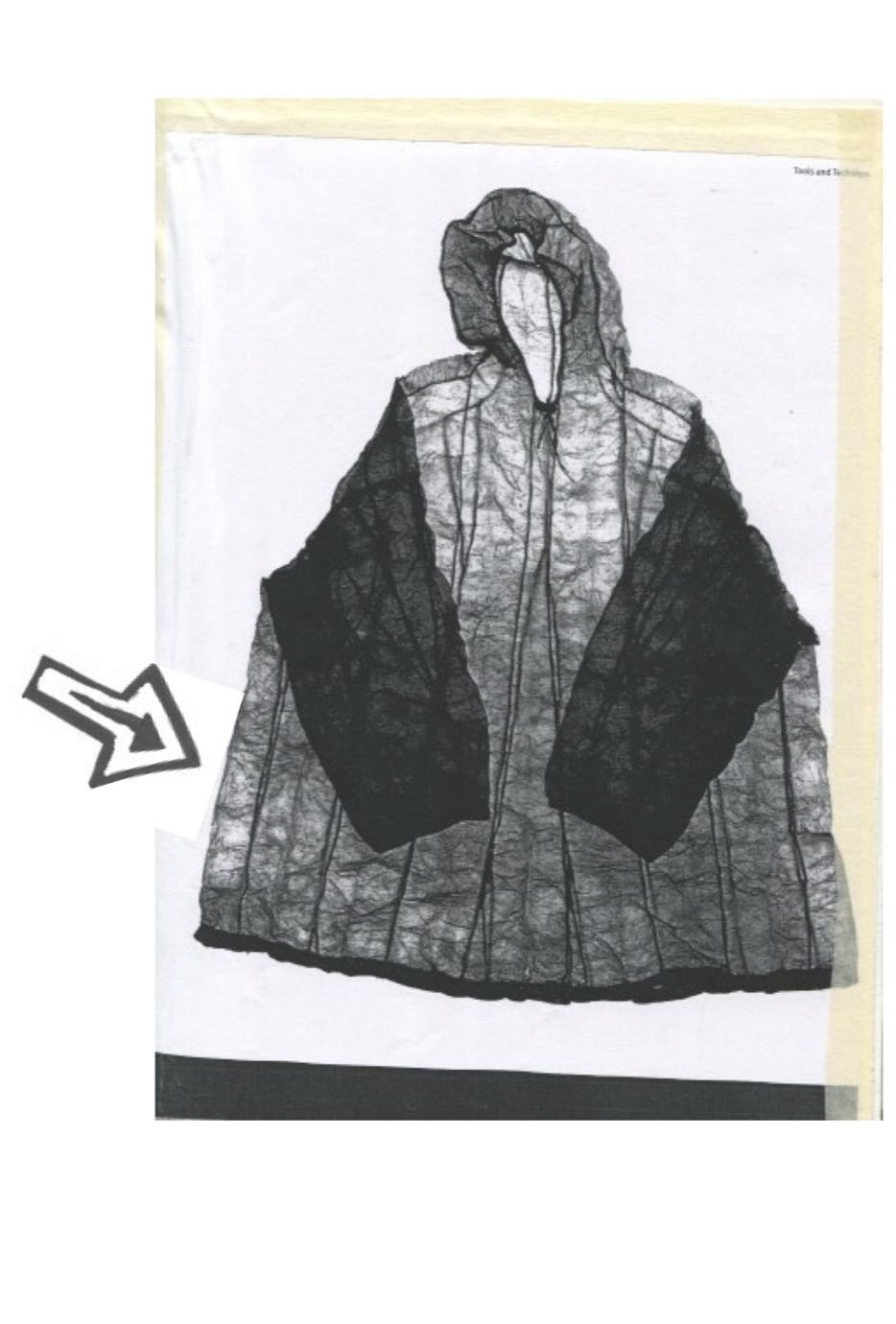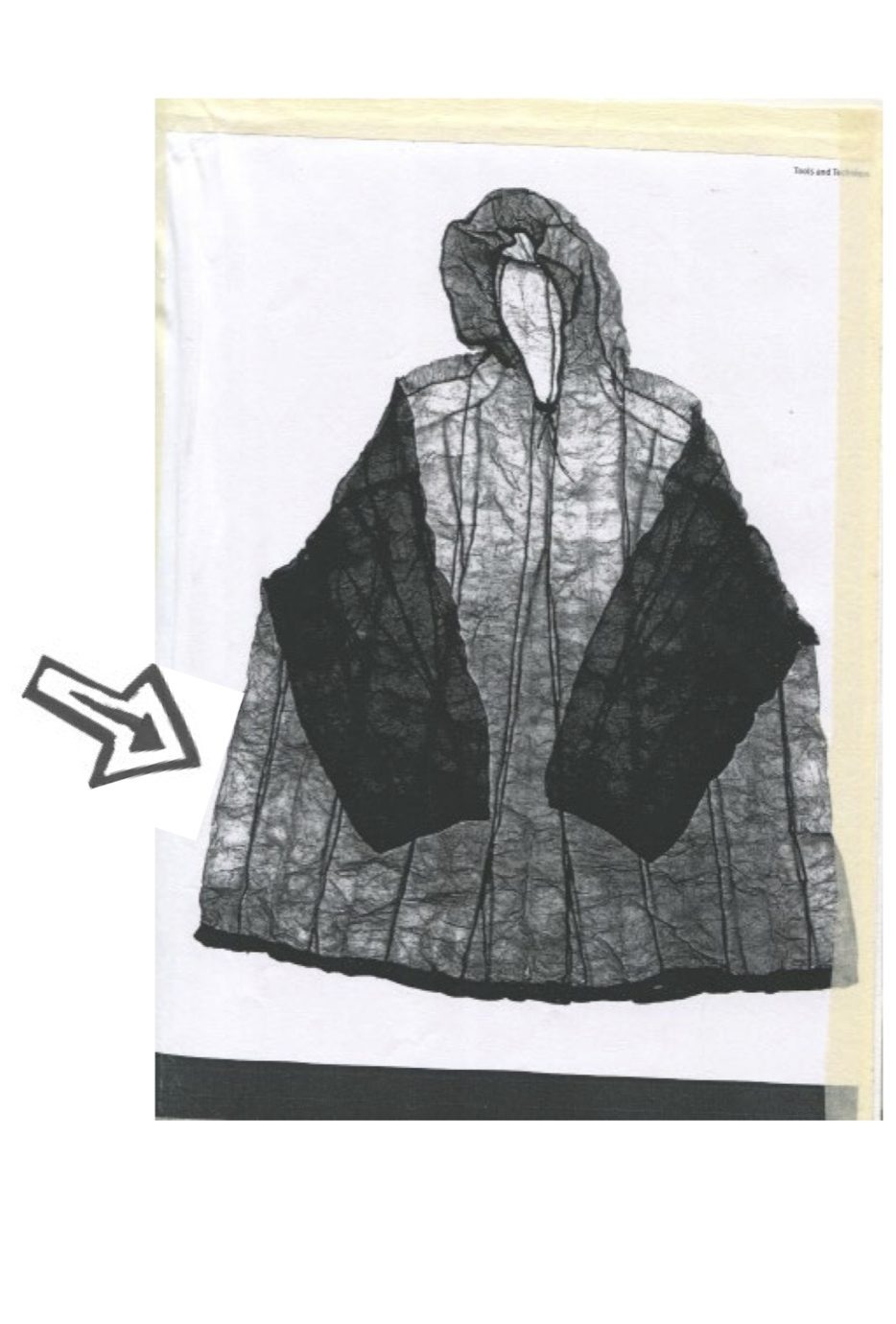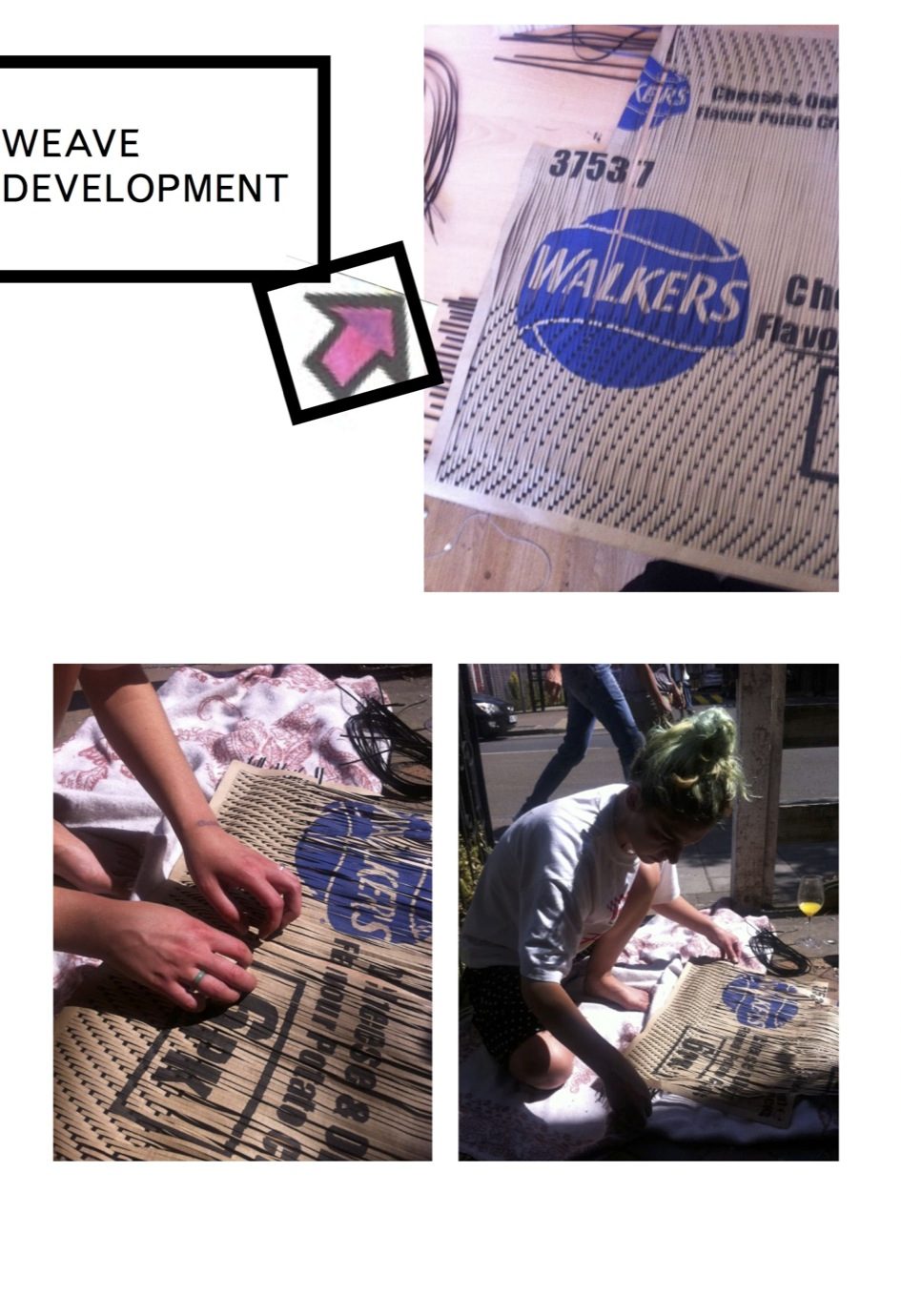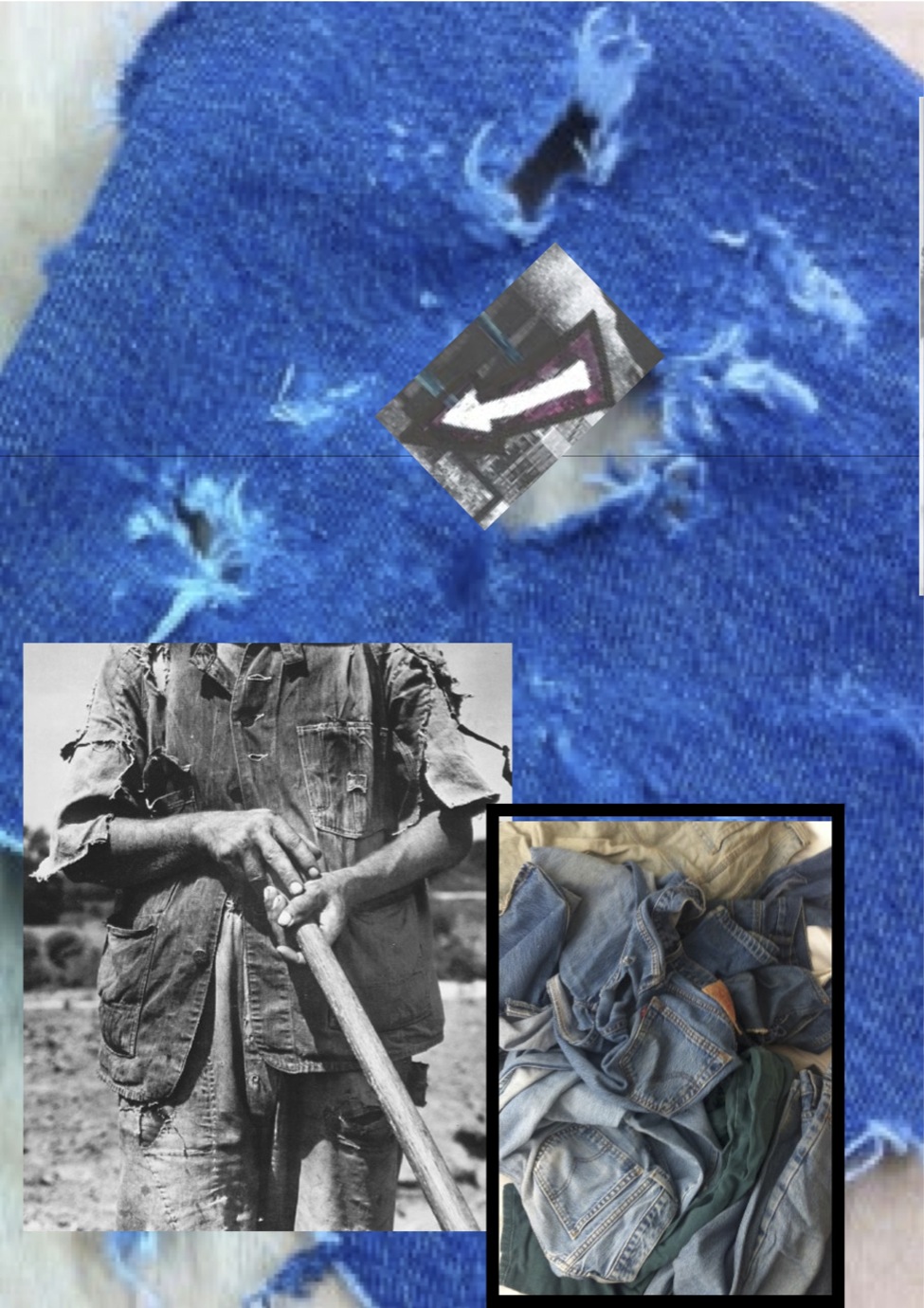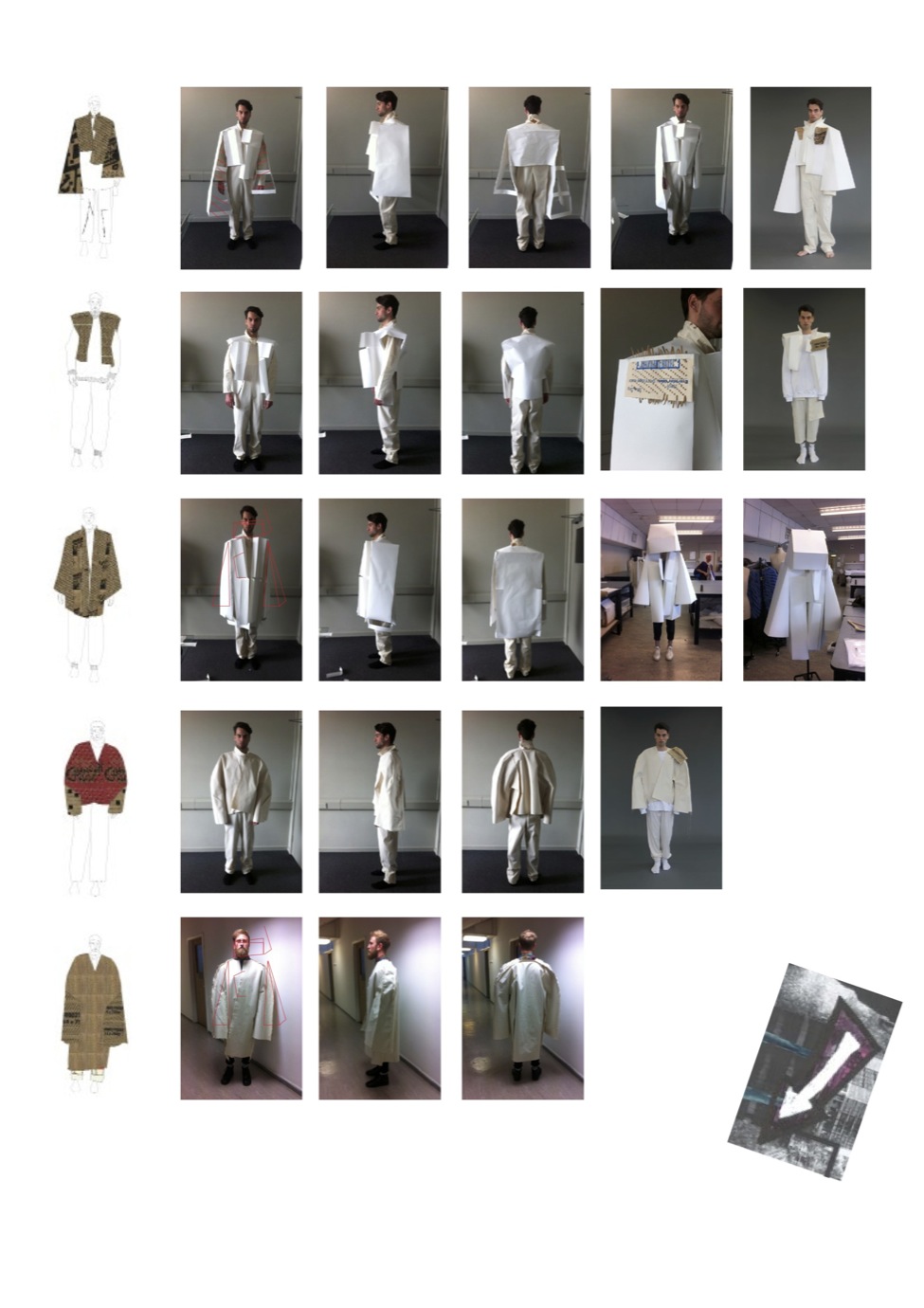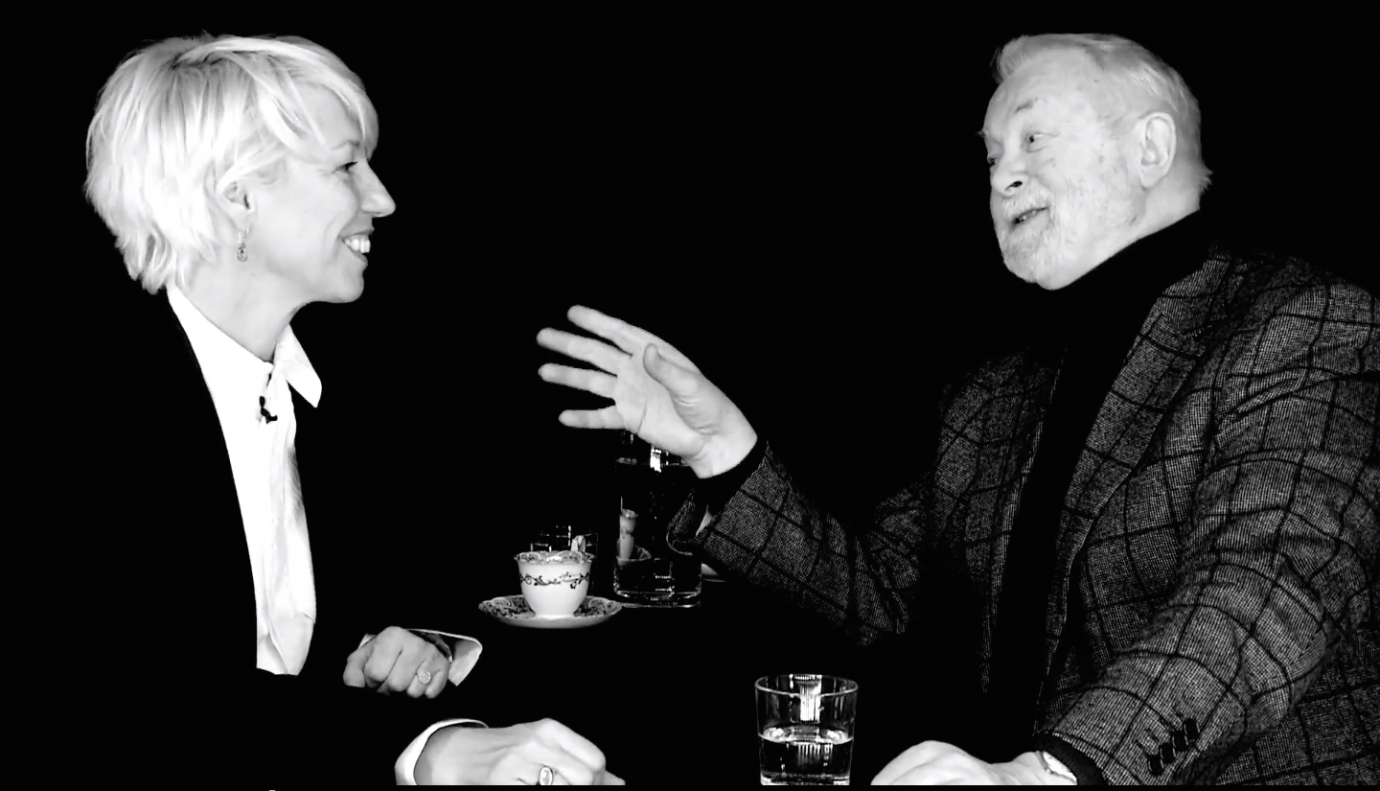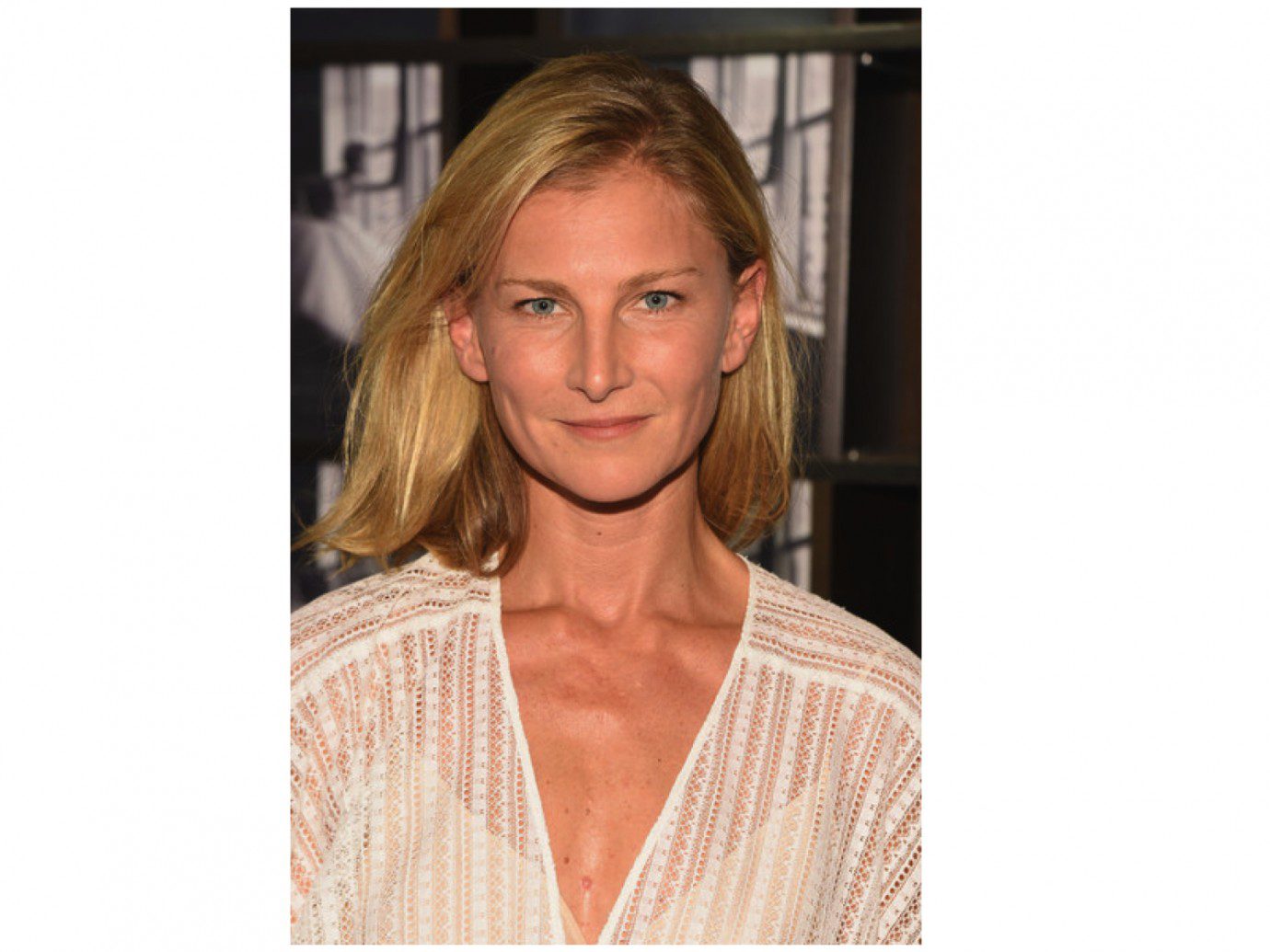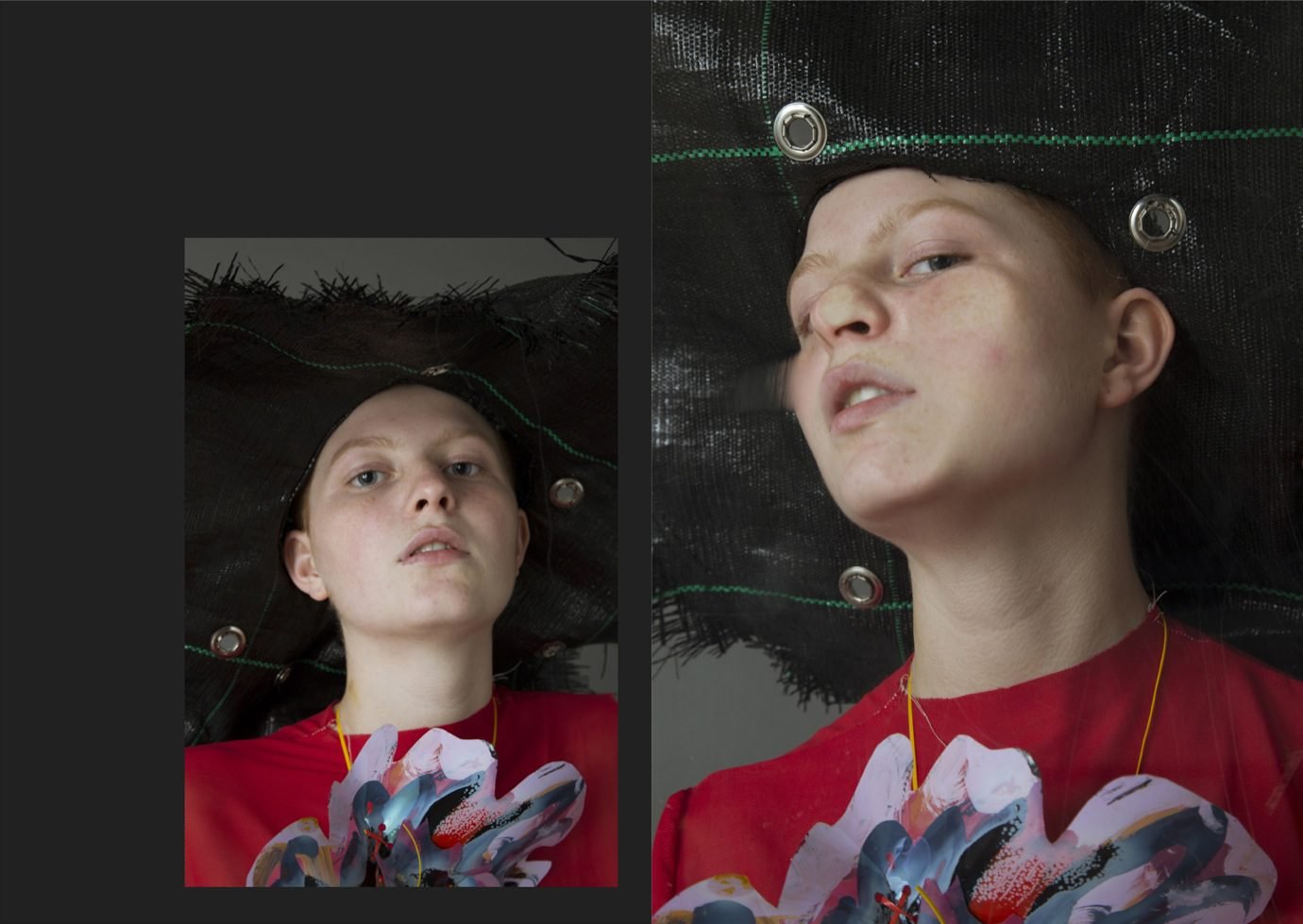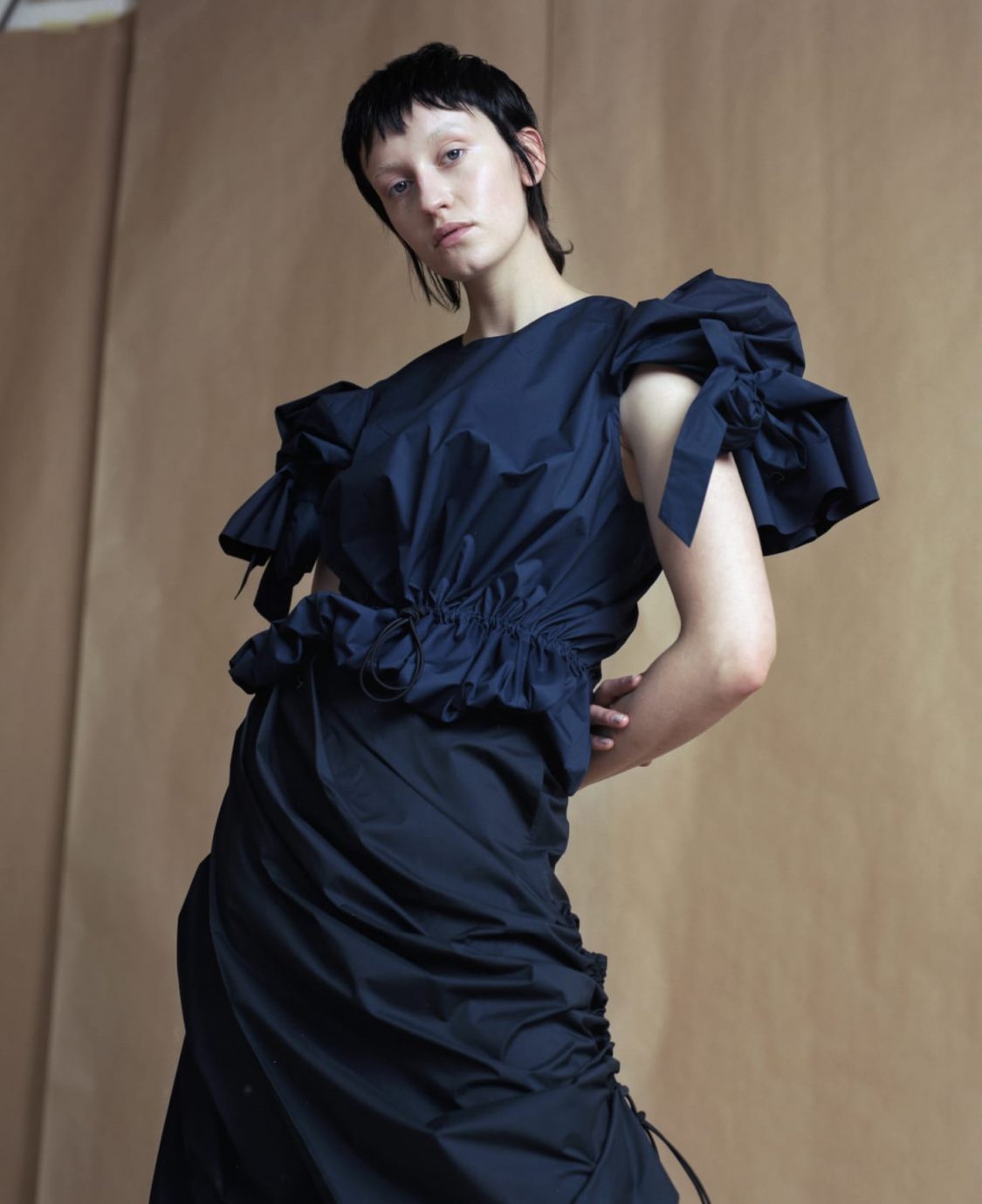What is your alternative system to fashion production that encompasses sustainable practices?
My current practice reflects the concepts of positive critique and alternative systems. I’m interested in the designer providing their own system and to evoke change within a community, rather than using the established ones. The current system of fashion could look to the likes of the work of art collectives such as Superflex for inspiration. Superflex is a company based in Copenhagen, which consists of a group of freelance artist–designer–activists committed to social and economic change. Art itself is used as tool for direct social empowerment, not just contemplation or aesthetic experimentation. The freedom of the art world allows Superflex to work with initial ideas in their unrefined state as a starting point. These ideas develop in socially engaged projects, by utilising the locations, financial resources and collaborators that the art world has to offer, leaving the projects in the hands of others. By providing an alternative system for today’s social structures and services, our enormous fashion industry could be used to create social change rather than exploitation.
“I BELIEVE IN CREATING FEWER, BEAUTIFUL, HAND MADE PIECES THAT WILL LAST AND BE LOVED BY THE BUYER.”

